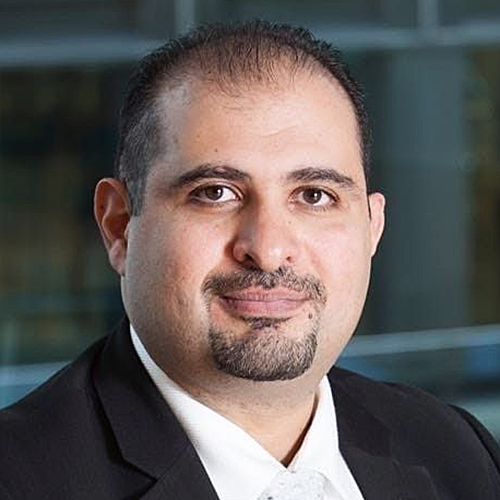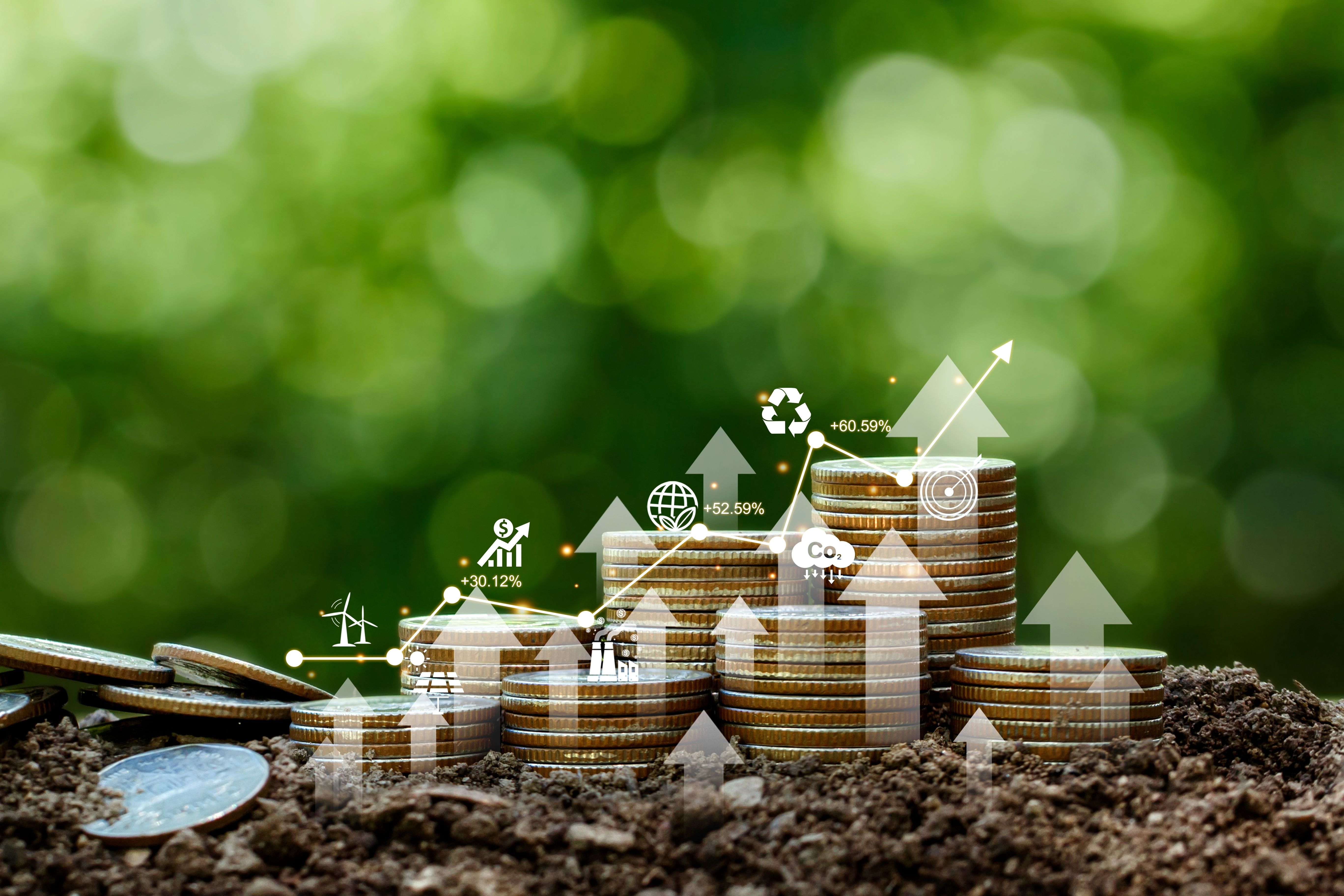Asia-Pacific countries are forging ahead with creating the infrastructure to produce green hydrogen (H2O) to use as a renewable power source to help decarbonize their economies and meet their net-zero commitments.
To date though, green hydrogen production has only carved out a negligible presence in the power sector, accounting for less than 0.2% of the electricity generated globally.
Among the principal challenges faced by companies producing green hydrogen is the cost of its production, but as the production base grows prices are expected to fall.
And as more nations commit to haughty aspirations of reaching net-zero emissions by 2050, rapid growth of green H20 use is expected, which, in turn, could present significant investment opportunities.
So, how soon will green hydrogen replace coal and other fossil fuels as the go-to clean power source?
The Asset spoke with Amanpreet Singh, MUFG’s director of ESG finance for Asia-Pacific, to answer this and other questions about the critical role green hydrogen can play in empowering the region’s energy transition towards their net-zero goals.
TA: Green hydrogen, it is said, could supply up to 25% of the world’s energy needs and become a circa US$10 trillion market by 2050. How do you see Asia’s role in this development?
AS: Asia has the potential to transform into a hydrogen hub. Australia has been a leader in this space, especially with the availability of renewable or green energy. India and China are the big markets from a local consumption standpoint and, thus, their economies of scale allow companies to focus on both domestic and export markets.
A majority of Asian countries have established net-zero targets and have signed memorandums of understandings (MoUs) with various international companies on hydrogen. Much of Asia’s interest towards establishing a hydrogen economy comes from its desire to enhance energy security and diversify its existing power mix towards cleaner energy sources in the region, factoring in the cost-efficiency.
TA: Have green hydrogen production costs fallen enough to start competing with fossil fuels yet? When do you envisage a crossover in the usage and where in Asia will this be driven?
AS: Green hydrogen is still at an early stage of commercialization. This is because the “green” aspect of green hydrogen (i.e., renewable energy) is still ramping up in Asia. As renewable energy becomes more cost-competitive and can be used for hydrogen production, the adoption of green hydrogen will improve.
Thus, three things will be critical for green hydrogen’s ascendancy in Asia: increasing the renewable energy supply with the lowering of costs; continuing to reduce electrolyzer costs while improving efficiency/size and manufacturing more in Asia; and introducing carbon taxes to encourage adoption of green hydrogen as a clean fuel.
TA: Could it be that the potential for green hydrogen is being over promised, and there is a danger of it under delivering?
AS: As with any new technology, there will be a level of caution. However, there is enough research that showcases the benefits of green hydrogen as a transition fuel. Its potential has also been recognized by countries like Singapore and India, which have begun detailing hydrogen economy plans or strategies. The existing MoUs need to move to FID [final investment decision] stage, followed by full-scale operation to supply green hydrogen into the economy.
TA: What is MUFG’s involvement in promoting green hydrogen adoption?
AS: MUFG has been a leader in clean energy financing for over a decade, and we remain steadfast in our commitment in supporting the ongoing development of renewable and clean energy resources in support of the journey to global net zero. We are working with key clients to create the most appropriate structures for delivering large-scale renewable energy projects.
On hydrogen specifically, MUFG invested in FirstElement Fuel, California’s largest developer and distributor of hydrogen fuel stations. MUFG aims to support the expansion of the hydrogen supply-demand infrastructure in the state, and accelerate its efforts in the global hydrogen-related business.
Within Asia-Pacific, we have been actively discussing with our key clients about green hydrogen as well.
TA: Have you grown your team to reflect the growth in energy transition and renewables in the region?
AS: Although MUFG has traditionally provided project financing for renewables and clean energy projects, we have recently expanded our ESG [environmental, social and governance] focus with the appointment of our first ESG finance head for the Asia-Pacific region in April 2021 and the setting up of a dedicated ESG financing team covering Asia-Pacific. Today, this team is resourced to look at all aspects of ESG financing with our clients, including hydrogen, and carbon capture, utilization and storage.
Thus, our relationship managers are able to leverage our project and ESG finance bankers to initiate and facilitate meaningful conversations with clients on energy transition, renewable energy and sustainable financing.
TA: Is the drive to deliver green hydrogen coming principally from the private sector, governments or a combination of both?
AS: Both. In terms of government effort, countries in Asia, such as Indonesia and India, have set concrete national targets that include the production of green hydrogen. Other countries like Malaysia possess a vision to transform into a hydrogen hub, transitioning from blue to green hydrogen with low-cost technology. These policies are well-positioned against the backdrop of national agendas that seek to reduce greenhouse gas emissions based on nationally determined contribution targets set by each country.
Private sector effort has been sizeable as well with many projects in the pipeline aimed at establishing a green hydrogen supply chain and ecosystem to complement government policies. We see this quite prominently with some of our clients. However, compared with other alternative energy spaces like solar and wind, hydrogen developments in the market are generally in a nascent stage in the region, either in the feasibility or demonstration phases.
Nonetheless, corporates are starting to embrace it as part of their broader energy transition strategy, hoping to capitalise on strategic opportunities leading to the commercialization of green hydrogen with prospects for technological and scale advancements that offer a mid-to long-term path towards carbon neutrality.
TA: Green hydrogen is produced using renewable energy and electrolysis and is carbon free. So, is there already enough, a critical mass, of renewable energy sources to produce it commercially?
AS: In 2021, renewable energy generation experienced the fastest year-on-year growth since the 1970s, reaching 8,300 terawatt-hours, according to the International Energy Agency. This is good progress, but for green hydrogen to have a meaningful impact on the world’s ambitions to be aligned to a 1.5-degrees Celsius trajectory, energy used for hydrogen production must not diminish the availability of renewable energy for other essential uses. Thus, selecting the most optimum end use of hydrogen is going to be important.
The production of renewable energy, according to the International Renewable Energy Agency’s report on the global hydrogen trade, needs to at least triple from today’s 290 gigawatts per year to more than 1 terawatt by the mid-2030s. This highlights the growth potential in renewable energy production to meet the demands of an economy powered by green hydrogen.
TA: Are banks that are currently financing green hydrogen projects seeing returns now or is the investment/partnerships a long-term outlook, even a socially responsible business view?
AS: It is too early to comment as there are not many projects in the bank market (yet!).








